Nature is the home to an incredibly versatile array of species, but ticks are definitely one of those that we tend to avoid at all costs.
These tiny arachnids, that are related to spiders, mites, and scorpions, are in fact parasites that survive by attaching themselves to larger animals and feeding on their blood. Humans aren’t spared either. Sadly, these insects carry harmful bacteria that can spread disease to people.
Sadly, tick-borne diseases are at an all-time high, with about 50,000 cases reported each year, and far more going unreported.
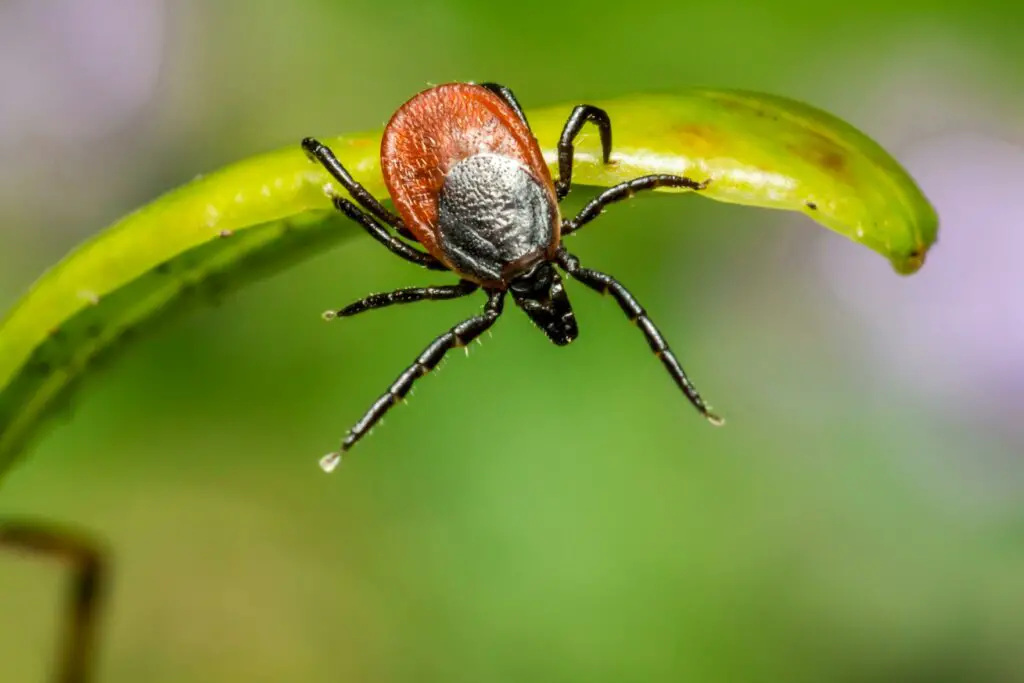
There are different types of ticks, and unfortunately, they sometimes find their way to people’s homes. The types most commonly found in homes are the black-legged tick, the dog tick, and the brown dog tick.
- Black-legged Ticks – known as deer ticks, these ticks are typically brown or black in color and have a flattened, oval-shaped body. They are commonly found in wooded areas and can transmit Lyme disease.
- Dog Ticks are larger and can range in color from brown to reddish-brown. They have a tough, shield-shaped body. Dog ticks can transmit diseases such as Rocky Mountain spotted fever.
- Brown Dog Ticks are brown in color and have a slender body.
Although the tick season is between March and October, or sometimes longer, we should be wary of this insects all year round. In fact,if beaten by a tick, a person can develop symptoms even after two or three months.
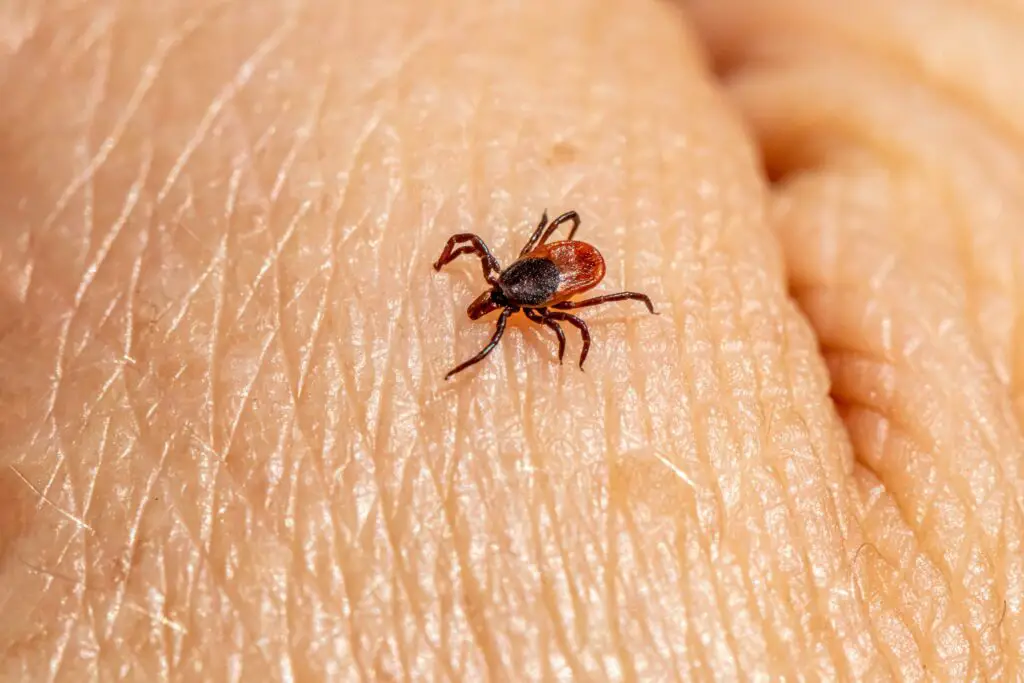
The bite itself isn’t painful and can cause swelling, itchiness, blistering, and bruising. The bad thing is that ticks also carry and transmit severe diseases, most commonly Lyme disease, as well as Rocky Mountain spotted fever, ehrlichiosis, and babesiosis.
Initially, Lyme disease develops as a circular red ‘bull’s eye’ rash around the site of a tick bite. However, not everyone gets a rash and you should also watch out for a flu-like illness with fever, headache, tiredness and general aches and pains.
The best way to prevent being bitten by a tick is to avoid tall grasses and areas where ticks thrive (such as moorlands and woodlands), especially during the warmer months.
In case you do get bitten, you should remove the tick as soon as possible in order to prevent infections.

These are some of the ways of safe removal.
- Use fine-tipped tweezers: Use clean, fine-tipped tweezers to grasp the tick as close to the skin as possible.
- Pull gently: Apply steady upward pressure, being careful not to squeeze or crush the tick. Aim to remove the tick in one smooth motion without twisting or jerking. Twisting or jerking can cause the tick’s head to break off and stay inside the skin, where it can still transmit disease.
- Clean the area: After removing the tick, clean the affected area with soap and water or an antiseptic solution. Monitor the site of the bite for any signs of infection or a rash, and consult a healthcare professional if necessary.
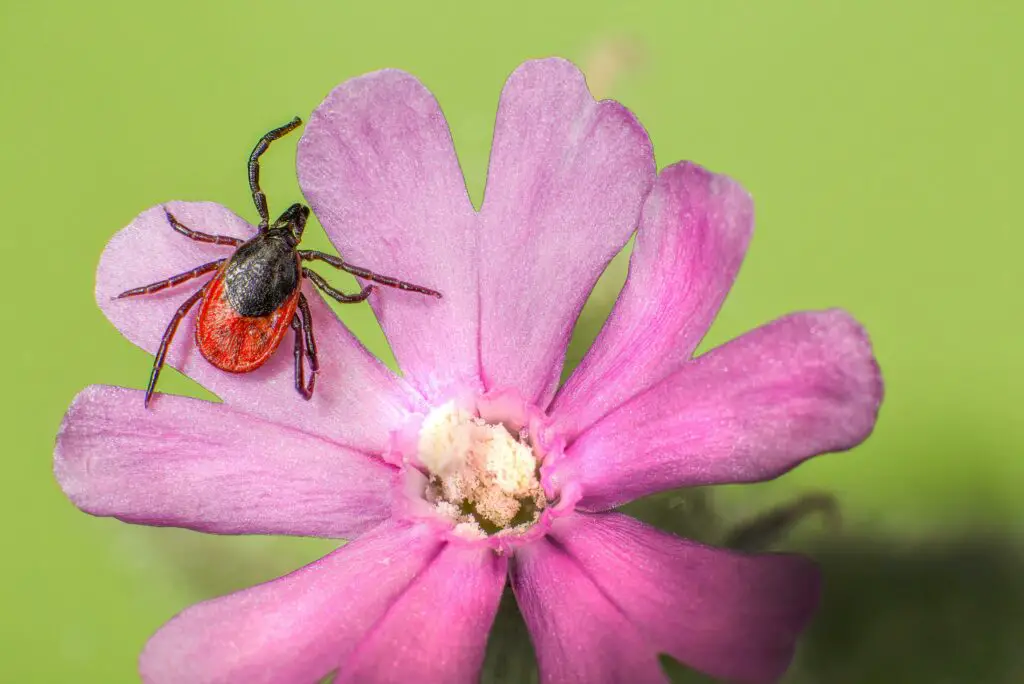
If by any chance ticks find their way into your home, take immediate action in order to prevent infestation. Most times, ticks are brought into your home in case they stick on your clothes or onto your pets.
- Isolate the area: If you have identified the presence of ticks in a specific area, keep pets and children away from that space.
- Wear protective gear: Put on gloves and a long-sleeved shirt to protect yourself from potential tick bites.
- Clean the area: Clean the area where you found the tick. If it is in bedding, wash the sheets. Inspect the area to ensure there are no more ticks that are present. Dispose of the tick by either flushing it down the toilet or sealing it in a container or ziplock bag before placing it in the trash.
BREAKING: Kate Middleton Announces She Has Cancer
Tonight, the Princess of Wales shared in a heartfelt video message that at the age of 42, she has received a cancer diagnosis and is currently undergoing preventative chemotherapy. Filmed at Windsor on Wednesday, Catherine expressed the immense shock of this news, emphasizing that she and William have been diligently navigating this situation privately, prioritizing their young family’s well-being.

Seated amidst daffodils and blossoming spring trees, she spoke earnestly, «This of course came as a huge shock, and William and I have been doing everything we can to process and manage this privately for the sake of our young family. As you can imagine, this has taken time. It has taken me time to recover from major surgery in order to start my treatment. But, most importantly, it has taken us time to explain everything to George, Charlotte and Louis in a way that is appropriate for them, and to reassure them that I am going to be ok.»
«As I have said to them; I am well and getting stronger every day by focusing on the things that will help me heal; in my mind, body and spirits. Having William by my side is a great source of comfort and reassurance, too. As is the love, support and kindness that has been shown by so many of you. It means so much to us both.»

During her January abdominal surgery, Kensington Palace initially stated it was non-cancerous. They reiterated tonight that no tests had indicated cancer. However, subsequent post-operative tests revealed its presence. This evening’s revelation will undoubtedly reverberate globally, following weeks of speculation and unfounded conjecture about her health. It presents a new challenge for the British Royal Family, coinciding with King Charles’s own cancer battle.
The princess is currently following a recovery plan, having begun chemotherapy in late February. Consequently, Prince William withdrew from a memorial service honoring his late godfather, King Constantine of Greece. Kensington Palace has emphasized against speculation regarding the type of cancer.
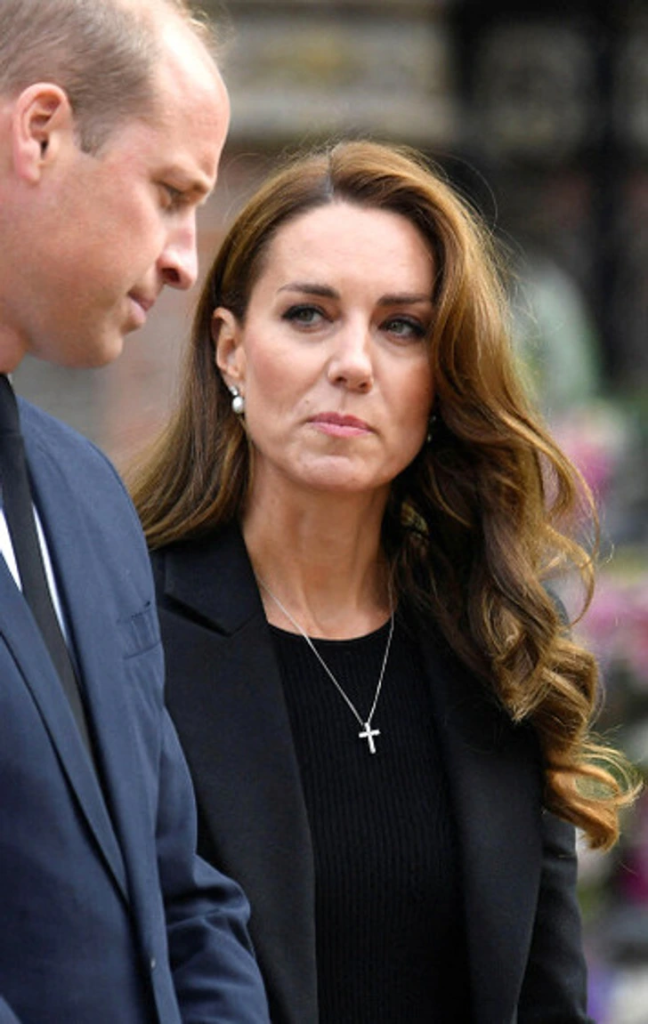
In her video statement, the Princess appeared casually attired in a striped Breton top paired with jeans. She said: «I wanted to take this opportunity to say thank you, personally, for all the wonderful messages of support and for your understanding whilst I have been recovering from surgery. It has been an incredibly tough couple of months for our entire family, but I’ve had a fantastic medical team who have taken great care of me, for which I am so grateful.»
«In January, I underwent major abdominal surgery in London and, at the time, it was thought that my condition was non-cancerous. The surgery was successful. However, tests after the operation found cancer had been present. My medical team therefore advised that I should undergo a course of preventative chemotherapy, and I am now in the early stages of that treatment.»
«We hope that you will understand that, as a family, we now need some time, space and privacy while I complete my treatment. My work has always brought me a deep sense of joy and I look forward to being back when I am able, but for now I must focus on making a full recovery.»

Even amid her personal turmoil, she had a message of hope for others battling cancer. She went on, saying, «At this time, I am also thinking of all those whose lives have been affected by cancer. For everyone facing this disease, in whatever form, please do not lose faith or hope. You are not alone.»
We extend our well-wishes for a swift recovery to Catherine, Princess of Wales. Recently, the princess was seen in public for the first time since her surgery, accompanied by her mother. View her photo here.
Preview photo credit GEORGE ROGERS/SIPA/East News

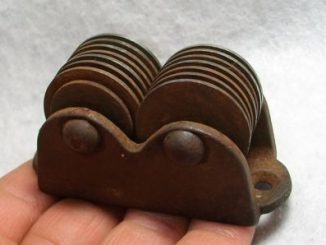

Leave a Reply